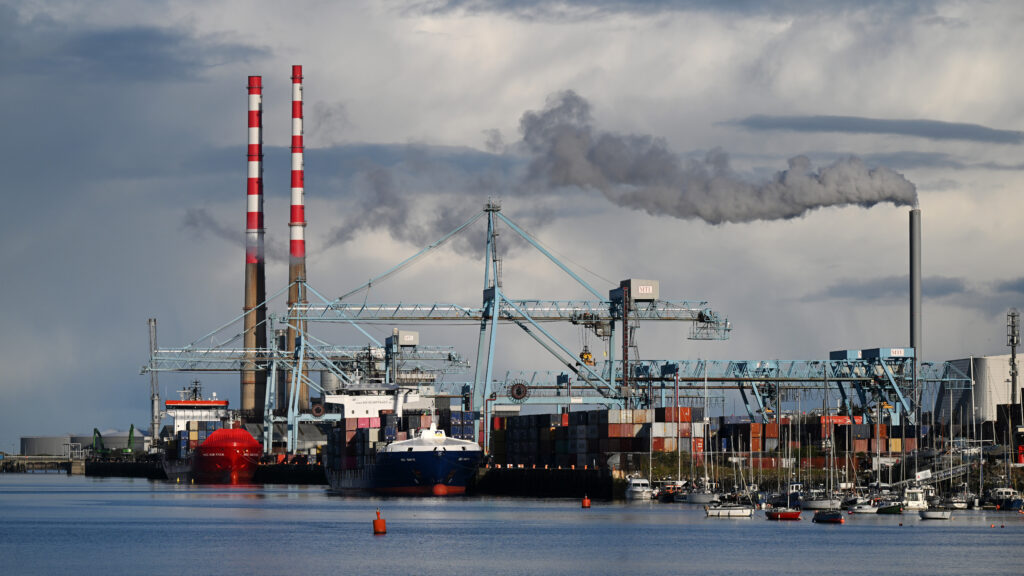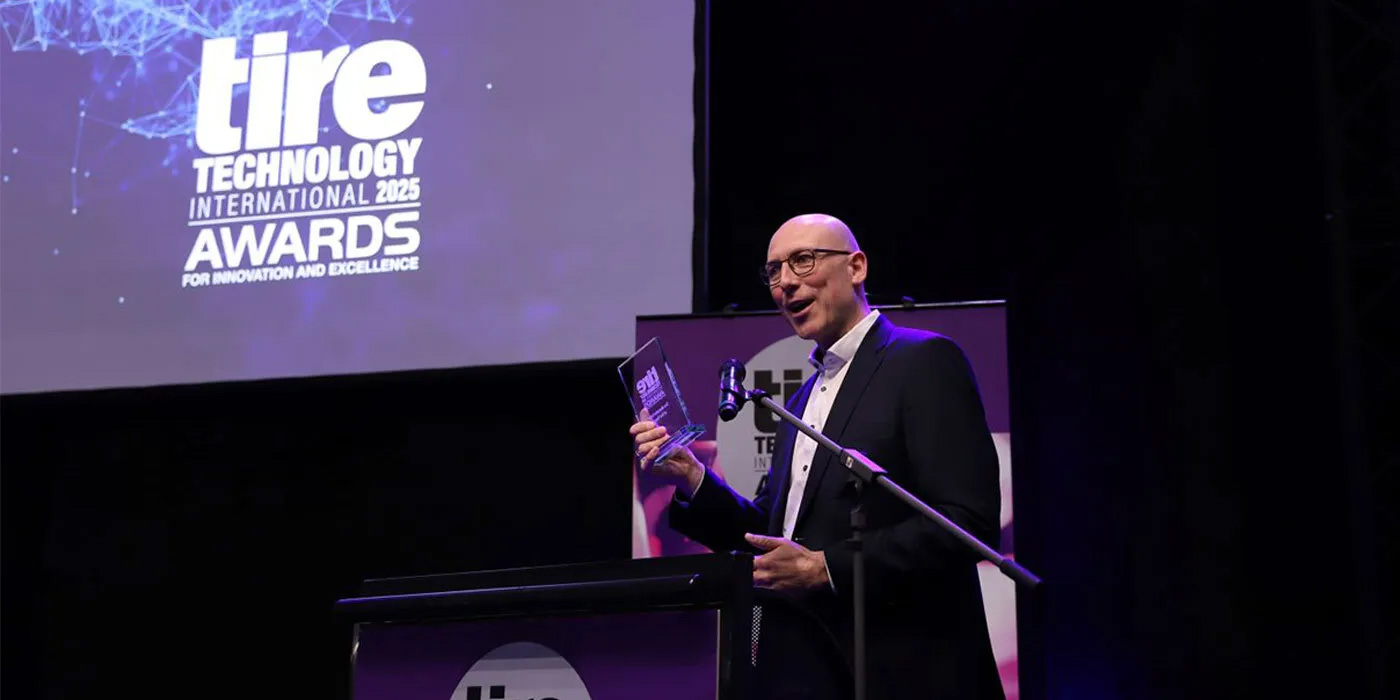Inside Biden's CHIPS Strategy: The Untold Story of Tech Transformation
Manufacturing
2025-04-23 08:00:32Content

The United States was already making significant strides in reshoring manufacturing before the pandemic, but recent global disruptions have dramatically accelerated this trend. In a strategic pivot to reduce dependence on overseas production, particularly from China, American companies are rapidly investing in domestic factory construction.
Major corporations like Intel, Samsung, and TSMC are pouring billions of dollars into semiconductor manufacturing facilities across states like Arizona, Ohio, and Texas. These investments aren't just about economic resilience; they represent a critical national strategy to secure supply chains and maintain technological competitiveness.
The CHIPS and Science Act, signed into law in 2022, has been a powerful catalyst, providing substantial financial incentives for companies to build advanced manufacturing capabilities within U.S. borders. This legislation has transformed what was once a gradual trend into a robust, nationwide industrial renaissance.
Beyond the tech sector, other industries are following suit. Automotive manufacturers, pharmaceutical companies, and electronics producers are all reevaluating their global supply chains and increasingly choosing to manufacture critical components domestically.
This manufacturing revival promises more than just economic security. It represents potential job creation, technological innovation, and a renewed commitment to American industrial strength in an increasingly complex global landscape.
Industrial Renaissance: America's Manufacturing Resurgence Transforms Economic Landscape
In an era of unprecedented economic transformation, the United States is experiencing a remarkable industrial revival that promises to reshape the nation's economic foundations. The convergence of technological innovation, strategic policy initiatives, and global market dynamics is propelling American manufacturing into a new frontier of productivity and competitiveness.Powering the Future: How American Manufacturing is Redefining Global Economic Potential
The Strategic Imperative of Domestic Manufacturing
The contemporary manufacturing landscape represents far more than a simple economic sector; it embodies a complex ecosystem of technological innovation, workforce development, and national strategic resilience. Recent geopolitical tensions and supply chain disruptions have catalyzed a profound reevaluation of domestic production capabilities, compelling policymakers and corporate leaders to reimagine industrial infrastructure. Sophisticated technological integrations are transforming traditional manufacturing paradigms. Advanced robotics, artificial intelligence, and precision engineering are enabling unprecedented levels of efficiency and precision. Companies are no longer viewing manufacturing as a cost center but as a critical strategic asset that can drive competitive advantage and national economic sovereignty.Technological Convergence and Industrial Innovation
The intersection of digital technologies and manufacturing is creating unprecedented opportunities for transformation. Emerging technologies like additive manufacturing, machine learning algorithms, and Internet of Things (IoT) platforms are revolutionizing production methodologies, enabling more agile, responsive, and customizable manufacturing processes. Semiconductor fabrication, electric vehicle production, and advanced materials research are becoming focal points of national industrial strategy. These sectors represent not just economic opportunities but critical infrastructure for technological leadership and national security. The strategic investments being made today will determine the United States' competitive positioning in the global technological ecosystem for decades to come.Economic and Workforce Implications
The manufacturing renaissance extends far beyond industrial facilities, fundamentally reshaping labor markets and educational priorities. Technical education programs, community college partnerships, and workforce retraining initiatives are emerging as critical components of this transformative journey. Regions historically dependent on traditional manufacturing are experiencing economic revitalization. Advanced manufacturing clusters are developing in unexpected locations, creating new economic opportunities and challenging traditional geographic economic determinism. The workforce of the future will require a sophisticated blend of technical skills, adaptability, and continuous learning capabilities.Geopolitical and Economic Strategy
Manufacturing capabilities have become a critical dimension of national strategic capacity. The ability to produce advanced technologies, maintain supply chain resilience, and rapidly adapt to global economic shifts represents a new form of economic diplomacy and national competitiveness. Investment in research and development, strategic public-private partnerships, and forward-looking industrial policy are becoming increasingly important. The United States is positioning itself not just as a consumer of global technological innovation but as a primary generator of transformative industrial capabilities.Sustainable Manufacturing and Environmental Considerations
The contemporary manufacturing renaissance is intrinsically linked to sustainability imperatives. Green manufacturing technologies, circular economy principles, and carbon-neutral production processes are becoming integral to industrial strategy rather than peripheral considerations. Renewable energy integration, advanced recycling technologies, and sustainable material science are driving a fundamental reimagination of industrial production. Manufacturers are increasingly viewing environmental responsibility not as a constraint but as a source of innovation and competitive differentiation.RELATED NEWS
Manufacturing

Manufacturing Meltdown: China's Industrial Sector Shrinks Amid Escalating Trade Tensions
2025-04-30 01:32:12
Manufacturing

Jobs' Prophetic Vision: The Untold Story Behind iPhone Manufacturing in America
2025-05-01 09:00:00






